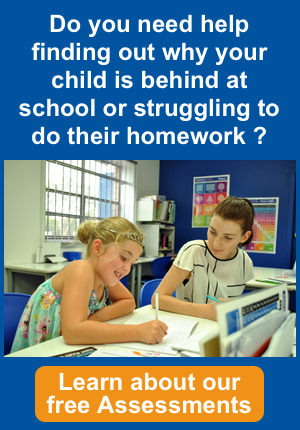As you know at Kip McGrath we specialise in Maths and English so the majority of our students fit into two broad categories:
1. Those wanting to learn to read and spell at a functional level and
2. Those wanting to achieve grade level in maths.
The Kip McGrath Reading Program consists of 80 sessions to move a child from a non-reader (having a reading age of less than 5 years) to a functional reader (having a reading age of 9 years).
The Kip McGrath Spelling Program consists of 7 levels with each level typically taking 20 sessions plus homework (approx 6 months) to complete.
The Kip McGrath Maths Program consists of 12 levels with each level typically taking 20 sessions plus homework to complete. Maths tends to take longer to achieve grade level than English. The reason is that while we are filling the gaps in previous knowledge, students are constantly learning new maths concepts at school.
So in answer to the question: “How long will my child need tutoring?” some students come 6 to 12 months, achieve their goal then feel confident to move on by themselves, while others need the support of coming every week. Some come for an extended period, take a short break then resume when school becomes too difficult again. I know this is not an ‘exact’ answer, but the reality is that all children are different. However the guidelines above should give you a good ‘feel’ for how long it will take your child to catch up on average.

